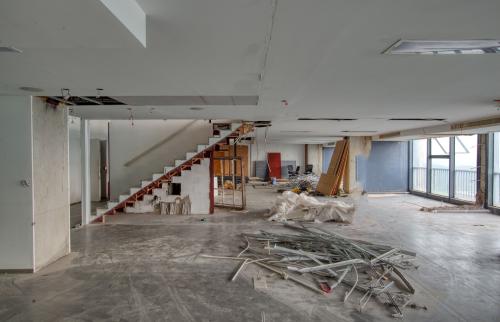While economic recovery continues in the United States, it’s still important to remember the damage the recession inflicted on businesses, small and large. The Business Journals, for example, have reported that Census data show more than 170,000 small businesses closed between 2008 and 2010, crushed by the gap between their pre-recession projections and post-recession realities.
I mention the effect of the recession now as we continue to review the value and performance of public-private partnerships (PPPs or P3s) in delivering transportation and other infrastructure projects. Some interpret recent PPP events, such as the bankruptcy filing by the concessionaire of the Indiana Toll Road, as evidence that the PPP approach is inherently flawed—filled with fanciful assumptions and financing gimmicks that guarantee failure.
The more important conclusion for the Virginia Office of Public-Private Partnerships (VAP3) is that these toll road concessions, such as the I-95 Express Lanes project (opened December 14, 2014) are subject to the same economic winds. As is the case with any business, the project involved entrepreneurship, upfront equity and debt investments and an expectation that customers would see the value and be willing to pay for a more reliable trip option.
Fortunately, the I-95 project is the first PPP project Virginia has delivered that had its traffic and revenue estimates done after the recession. The financing of the project reflects the knowledge that vehicle-miles traveled have remained relatively flat, but also most consumers have more disposable income now than they did in 2008. If new post-recession projections hold, private investors in the I-95 Express Lanes business will see solid returns on their investments.
From the public perspective, policy success is already clear. For its $71 million dollars of investment, the Commonwealth of Virginia leveraged a $925 million project. Virginia protected its citizens against financial failure by assigning construction risk, revenue risk and long-term operations and maintenance costs to their private partner, Transurban. Commuters and travelers on I-95 in Northern Virginia are enjoying a more reliable trip option in a corridor that is expected to host two-thirds of the population and job growth in Virginia over the next 25 years.
Plans are underway to make the processes governing successful PPPs in Virginia even more open, transparent, competitive and accountable. VAP3 developed new P3 Guidelines over a six-month period of state government review and public feedback in 2014. With the new guidelines, the public has the opportunity to engage at every stage of the process, not just during a single 30-day period or at a formal public hearing.
The proposed scope and general financial parameters of PPP projects, such as the I-66 Multimodal Project under development, will undergo serious reviews by implementing agencies, a steering committee and the appropriate oversight board before a decision is made to go forward with PPP procurement. This process manages political risks before potential private sector partners begin spending substantial sums of money to build teams and develop and submit proposals.
The VAP3 understands that public-private partnerships, though not a substitute for public funding, complement some infrastructure needs. Yet increasingly, public credit enhancement and loan guarantee programs are drawing a significant amount of private equity and debt into infrastructure projects that will operate as businesses—serving customers and negotiating the ups and downs of economy. That works for everyone.
The Brookings Institution is committed to quality, independence, and impact.
We are supported by a diverse array of funders. In line with our values and policies, each Brookings publication represents the sole views of its author(s).



Commentary
Realistic Assumptions and Expectations Drive Successful PPPs
January 29, 2015